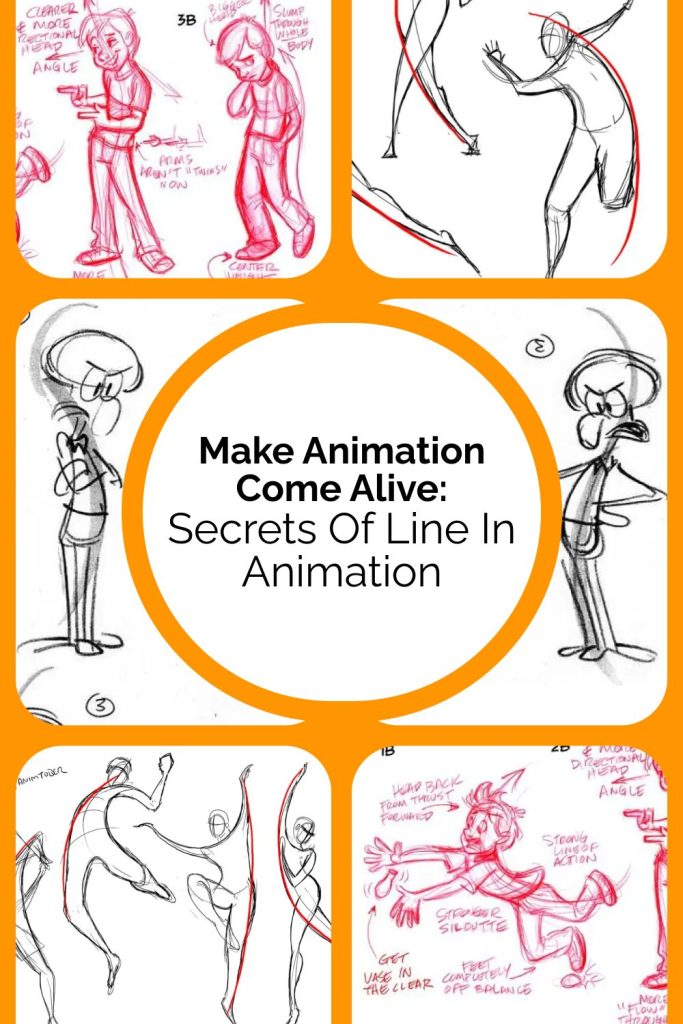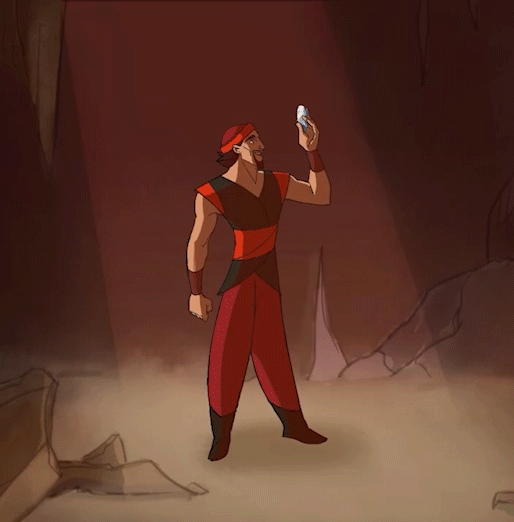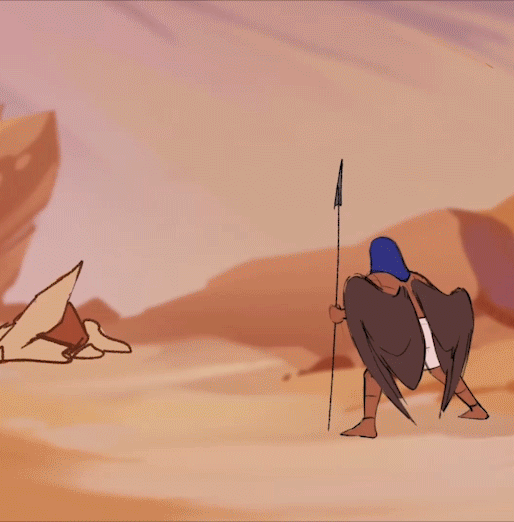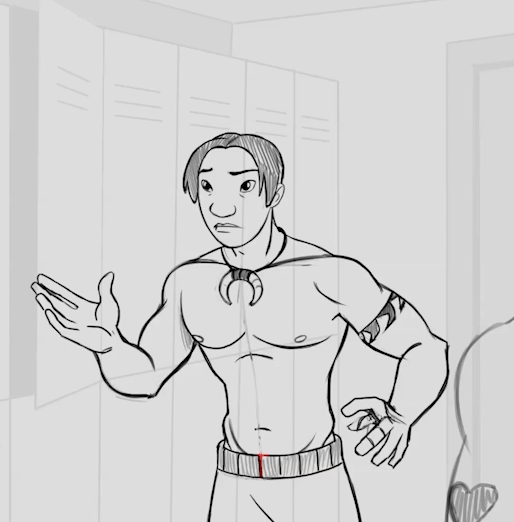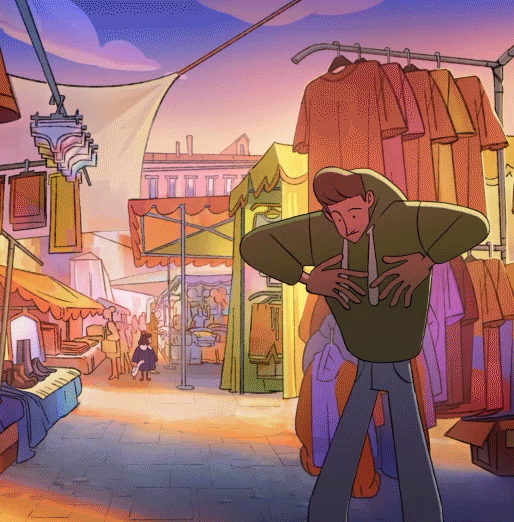Who is Ksenia Inozemtseva?
Ksenia Inozemtseva is a professional 2D animator, comic artist, and instructor who has worked on projects such as My Father’s Dragon by Cartoon Saloon and Unicorn: Warriors Eternal. Her industry experience and deep understanding of animation make her an excellent mentor for anyone looking to master 2D animation.
In this article, we’ll explore how the Line of Action brings animation to life, helps convey energy, and enhances character emotions. Let’s dive in!
Not in the mood to read? Join our live stream on this topic instead!
What is the Line of Action? Why Does It Matter?
The Line of Action is an invisible axis running through the character’s body that guides their movement. It allows animators to control the rhythm and flow of action while emphasizing the primary idea behind a pose.
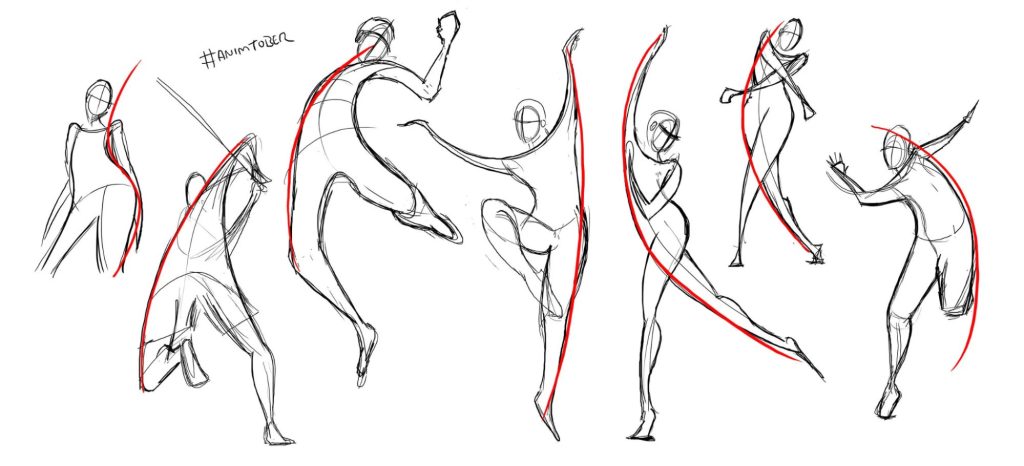
“The Line of Action is an imaginary line running through the center of the character’s body. It directs their movement and helps convey the scene’s dynamics.”
Without a solid understanding of this principle, characters can appear stiff and unconvincing. A well-defined Line of Action simplifies the animation process and makes movements feel more natural and compelling.
How to Work with the Line of Action?
Less Detail, More Expression
Ksenia emphasizes that animators should avoid overloading poses with excessive details and instead focus on capturing the core movement. She recommends starting with simple shapes and lines to establish the general flow of the pose.
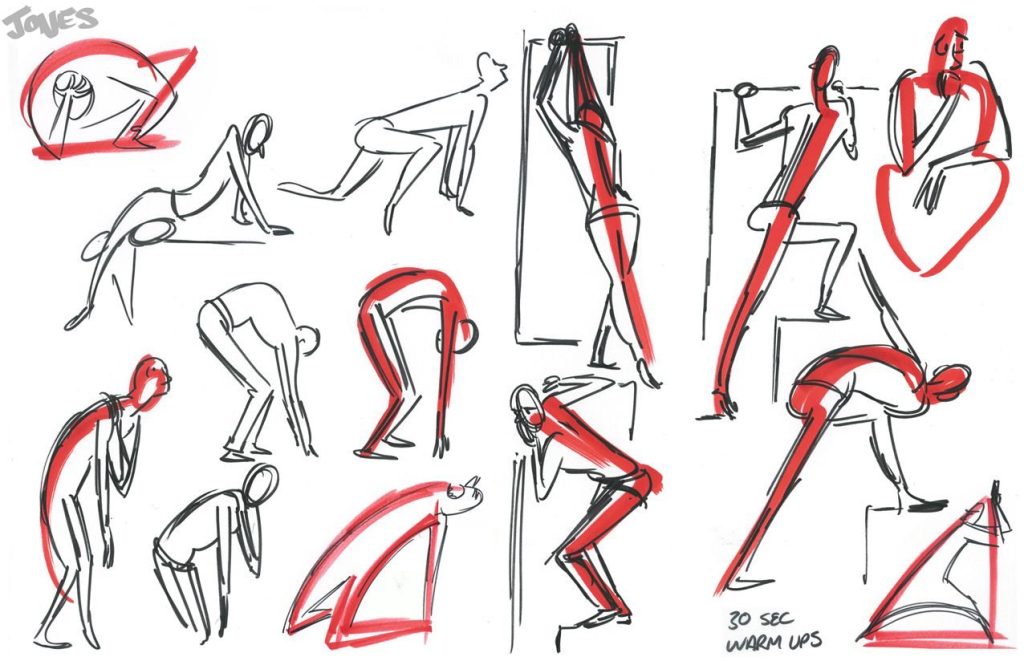
“The fewer tools you use, the more precise you must be. It’s best to work with the minimum number of lines to express the essence of the movement.”
This technique helps animators focus on overall dynamics rather than getting lost in unnecessary details.
Practical Exercises for Training
One of the best ways to practice the Line of Action is by analyzing real-life movement. Ksenia suggests using photographs of people in action, sketching over them, and experimenting with different versions of the Line of Action to observe how it affects the sense of motion.
Another effective exercise is drawing a simple pillow shape and expressing emotions such as joy, sadness, fear, or curiosity through its posture alone. This helps develop an understanding of how poses can convey emotions without relying on facial expressions.
Exaggeration for Better Expression
Ksenia advises animators not to be afraid of exaggeration. Pushing a pose beyond its natural limits and then softening it slightly can help find the perfect balance between realism and expressiveness.
“First, exaggerate the pose as much as possible, then tone it down slightly. This way, you’ll find the ideal balance between natural movement and dynamic expression.”
Even small adjustments to the Line of Action can drastically change the perception of a pose, making it more engaging and believable.
Common Mistakes to Avoid
One of the most common mistakes beginners make is using a Line of Action that is too straight, which makes characters look stiff and unnatural.
“The Line of Action should convey energy, not just connect points. If the line doesn’t support the movement, the pose loses its impact.”
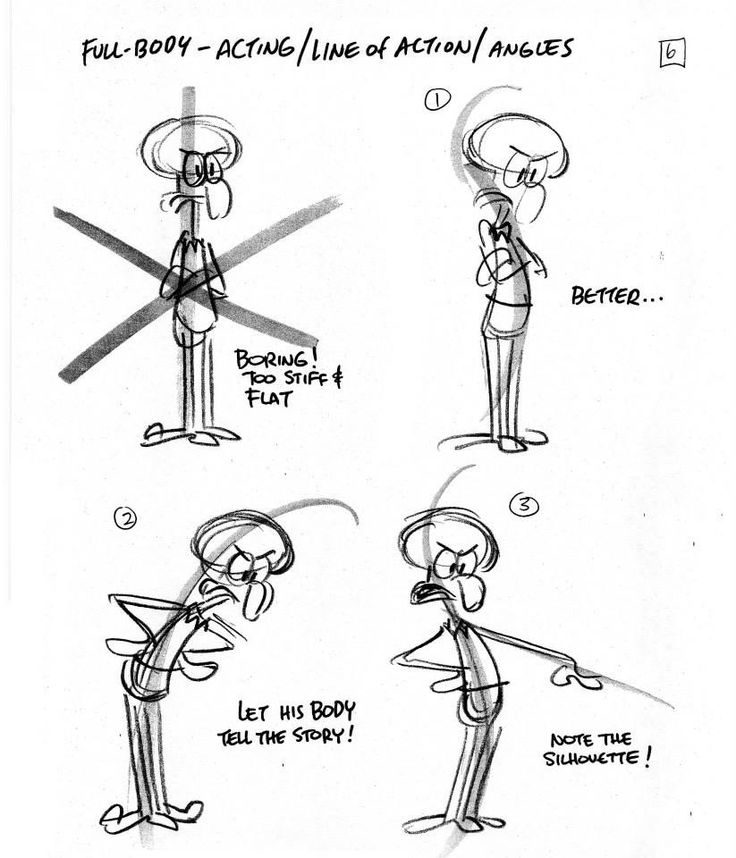
Another mistake is introducing too many conflicting lines. If multiple strong Lines of Action exist within a single pose, they can compete with each other and weaken the clarity of the movement.
Applying the Line of Action in Animation
To truly understand the power of the Line of Action, Ksenia recommends studying the work of legendary animators. For example, Milt Kahl, one of Disney’s famous Nine Old Men, used strong Lines of Action to bring his characters to life with fluidity and energy.
The Line of Action isn’t just useful for animation—it also plays a crucial role in storyboarding, character design, and comics. That’s why Ksenia encourages animators to master this principle early on in their learning journey.
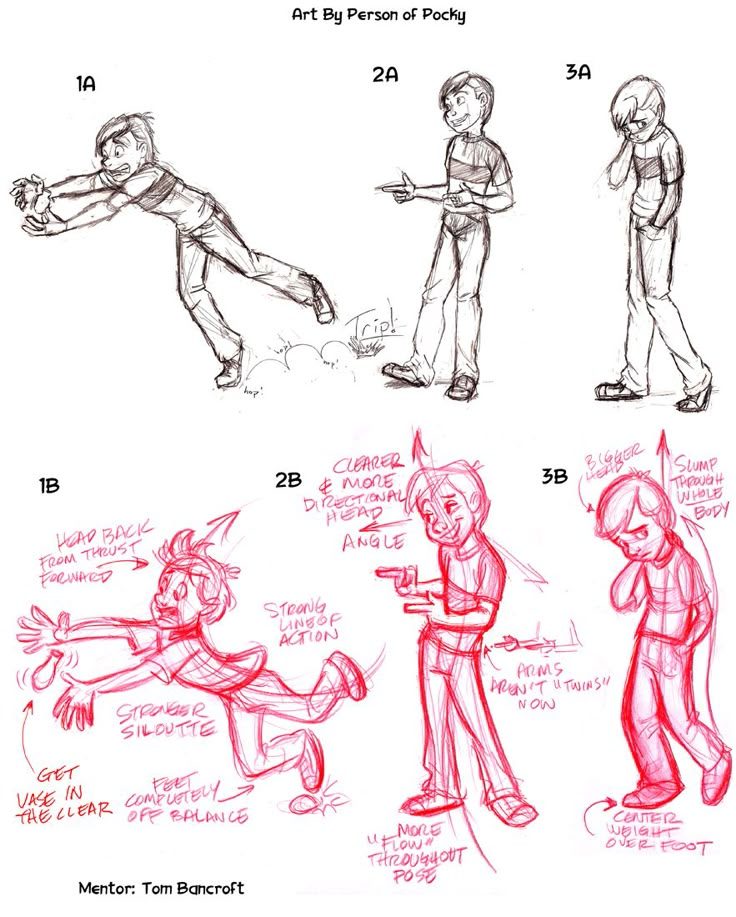
Practice Assignment
To reinforce your skills, try this exercise suggested by Ksenia:
Draw 6-8 dynamic poses of your favorite character, each representing a different emotion or action. Pay close attention to the Line of Action and make it as expressive as possible.
If you want to dive deeper into animation principles, join our Traditional 2D Animation Course and learn from industry experts. Who knows? Maybe your work will be featured as an example for future students! Use the hashtag #animationclubschool_2d on social media to potentially have your work featured in our community highlights.
